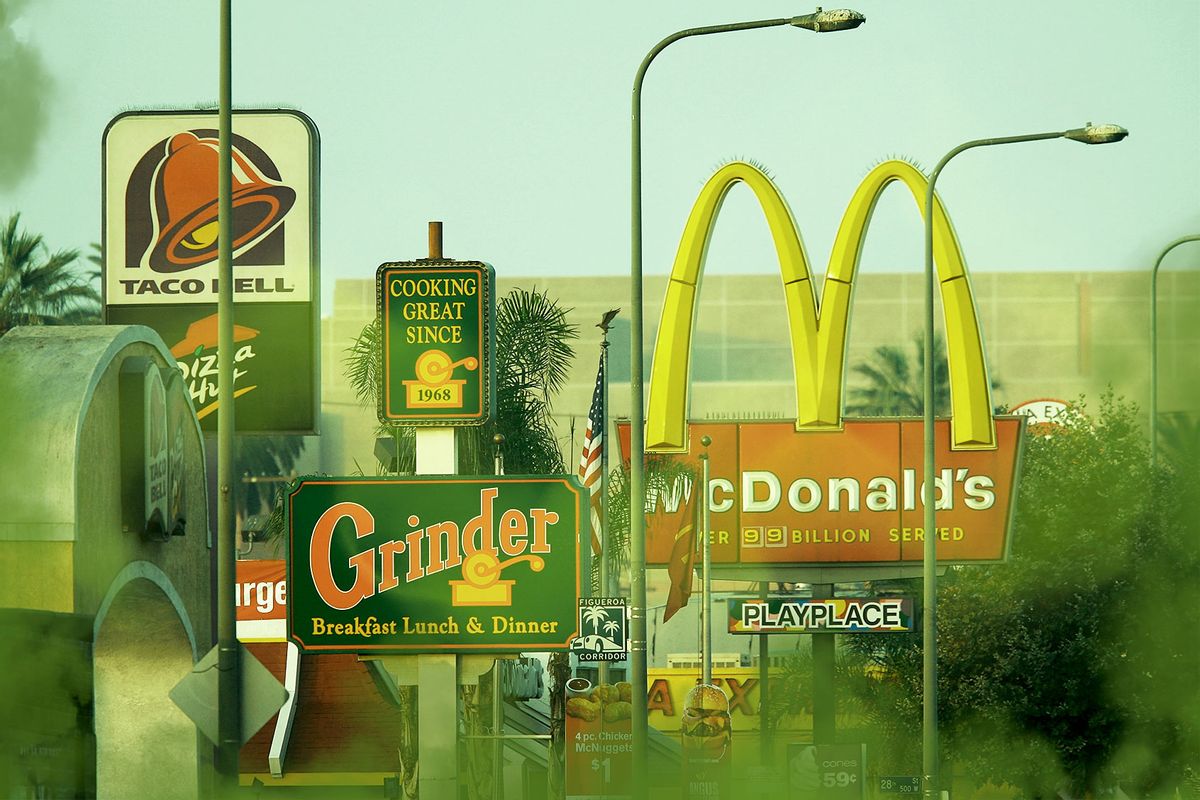Fast-food drive-thru lanes are getting even faster as fewer customers choose to sit in their car and wait in line to order their go-to meals, according to an annual study by Intouch Insight released Monday. The findings were based on visits to nearly 1,500 locations of Arby's, Burger King, Carl's Jr., Chick-fil-A, Dunkin', Hardee's, KFC, McDonald's, Taco Bell and Wendy's. Mystery shoppers ordered from several drive-thru lanes during various times between the months of June and July.
The average total time spent in a drive-thru lane was five minutes and 43 seconds, which is 29 seconds less than last year's average time, the study found. The average number of cars in line fell from 2.76 to 1.27, thus decreasing wait times by 25 seconds.
Taco Bell, KFC and Carl's Jr. had the fastest overall total times for their drive-thru lanes, mainly because they aren't as popular as other major fast-food chains (which had more cars waiting in line). Chick-fil-A, McDonald's and Wendy's ultimately secured the fastest times when their average total times were divided by the number of cars in line.
As more and more customers continued to order from their cars once fast-food restaurants reopened during the COVID-19 pandemic, restaurants employees faced immense pressure to put together orders quickly, efficiently and correctly. As shown by the nearly thirty second decrease in average drive-thru time, though, it's clear that these fast-food restaurants are meeting the demand head-on.

Shares